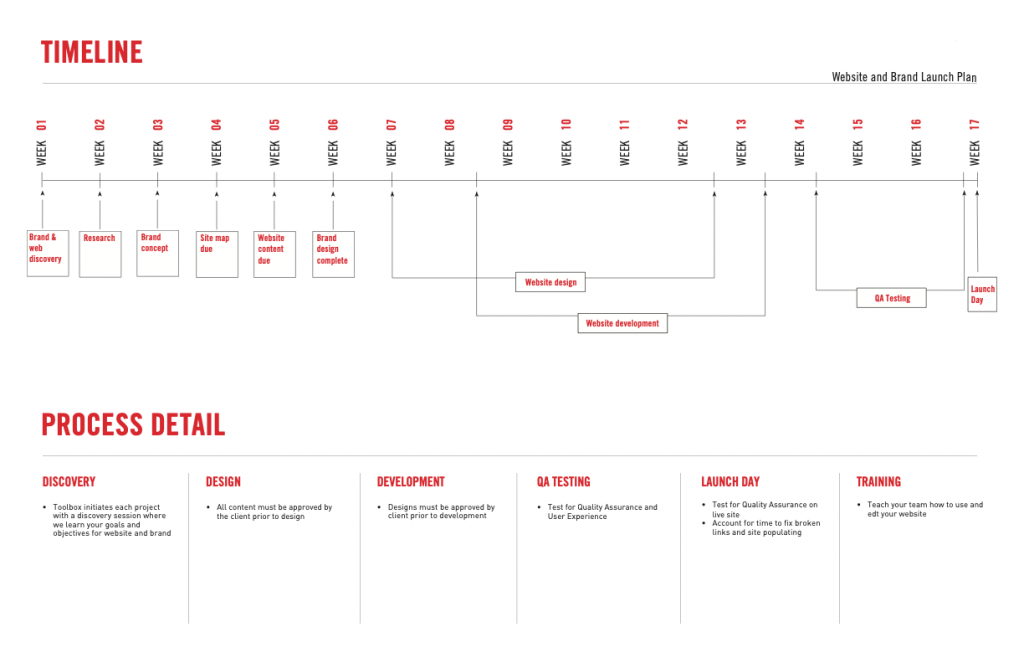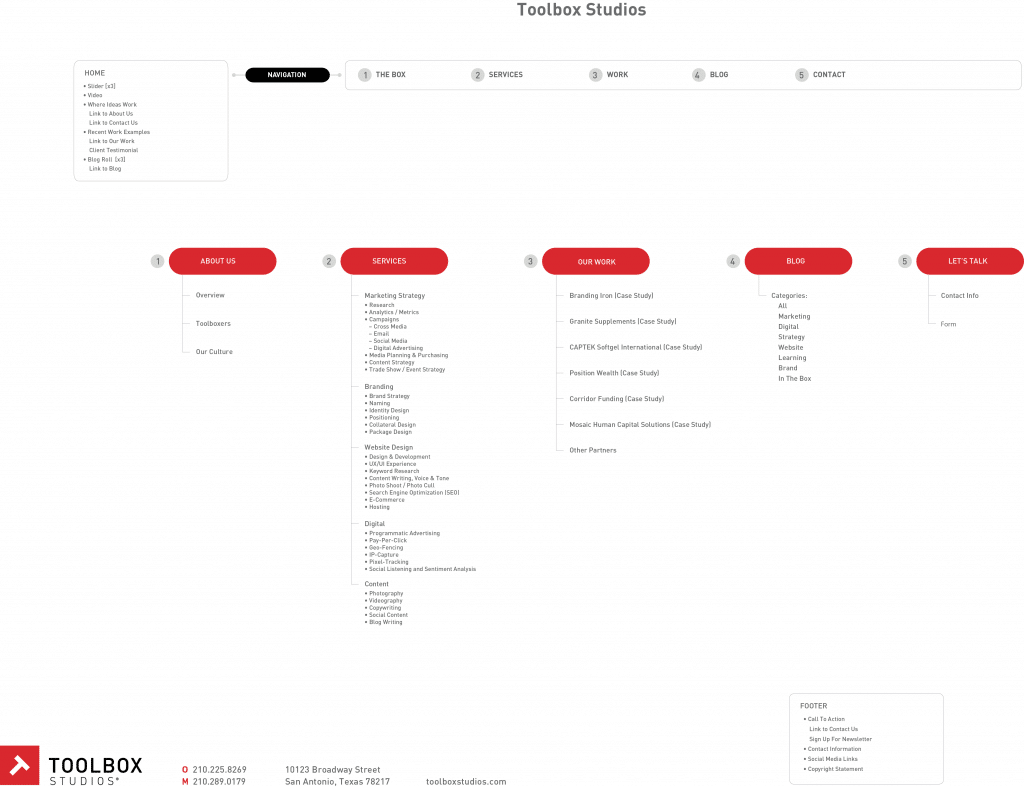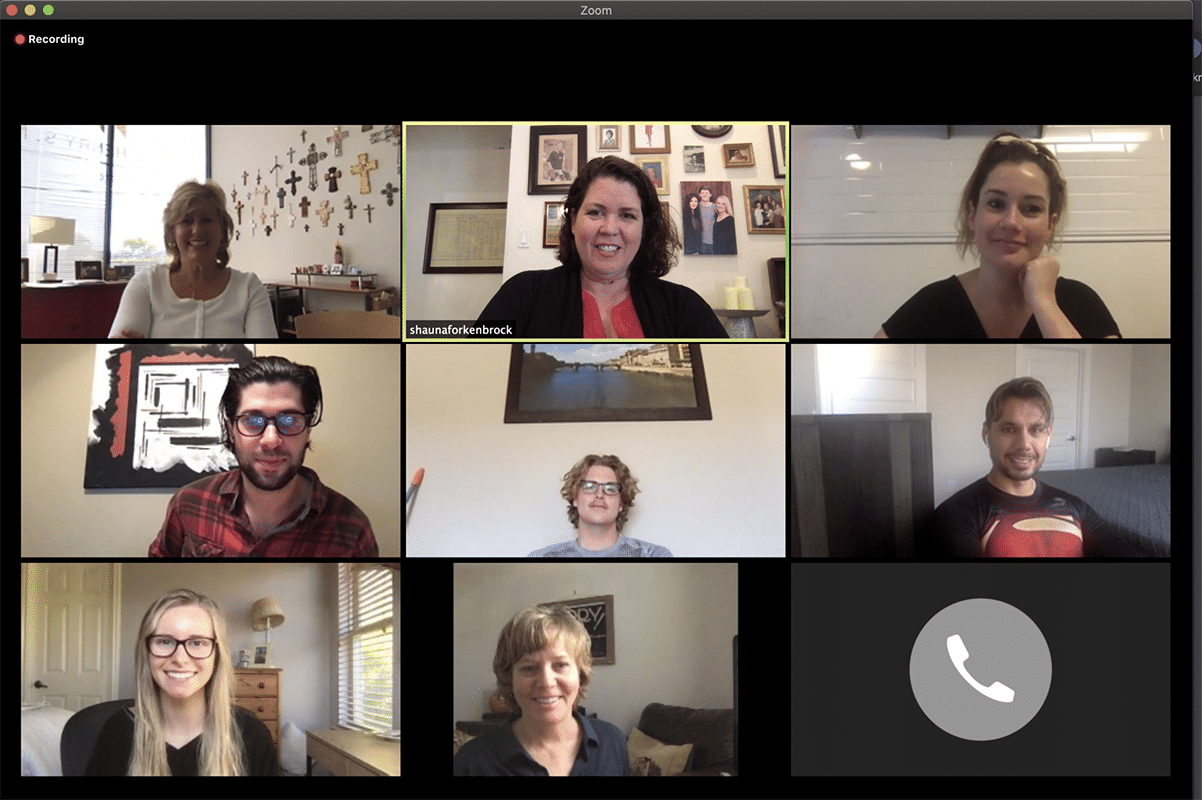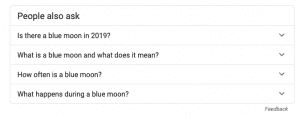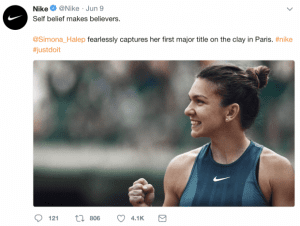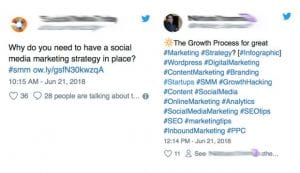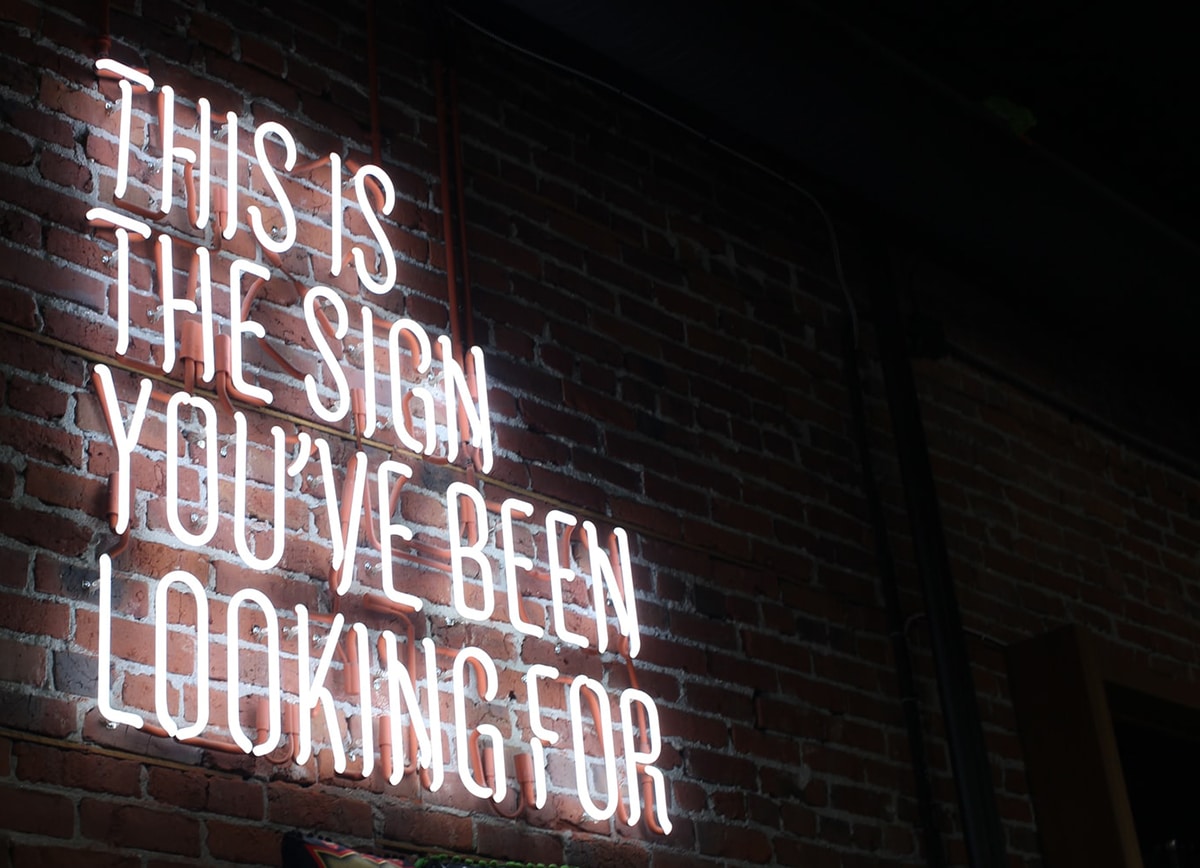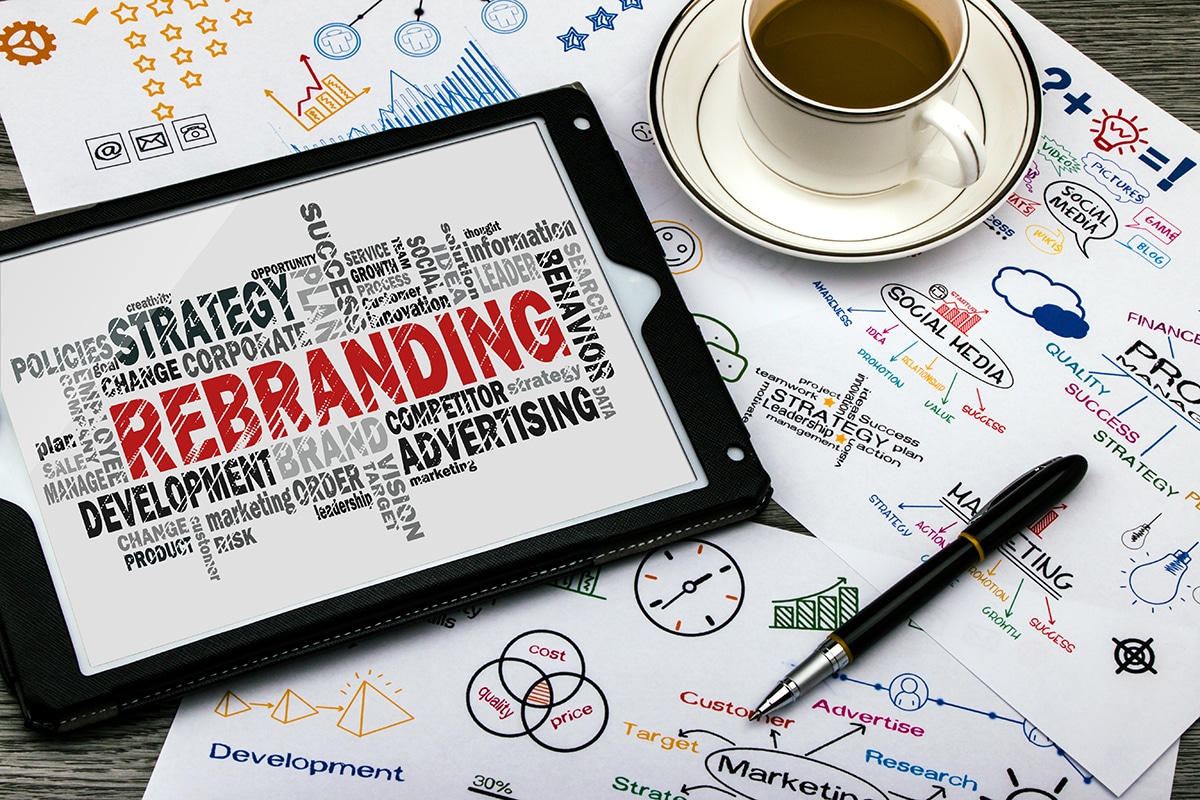Meta Descriptions
Great news, Google has changed its mind on the optimal length of meta descriptions, yet again! If you detected a hint of sarcasm in that last sentence then you, like many of us, have experienced this ever-changing merry go round of a fluctuating character count. But, in an SEO’s world, what Google or other search engines say goes, and we adapt.
Optimal Meta Description Length
Towards the end of 2017 Google increased the optimal length of a meta-description to around 320 characters, and now we have reverted back to the shorter character count we saw before this increase last fall, which we can assume is around 150 characters. Again, Google will never directly tell us exactly what this character count is, but they have confirmed via Twitter that it is “shorter on average.”
Do meta descriptions affect search rankings?
If you are worried about shortening your meta description and it’s affecting the chance of your content becoming a featured snippet, don’t fret, the majority of the content in featured snippets in Google’s search results is pulled directly from the page on your website it is found, not your meta description.
Why are meta descriptions important for SEO?
And if, like us, you have re-written your descriptions recently to reflect this increase in characters, don’t panic. However, we are suggesting reverting them back and making them shorter again, start with your most visited pages and work from there. You wouldn’t want your meta description to be cut off middle sentence on a results page, and always make sure the most important information is at the beginning of your meta description just in case.
So, here’s to a new shorter meta description, may we enjoy it while it last and hopefully it will last a little longer.




